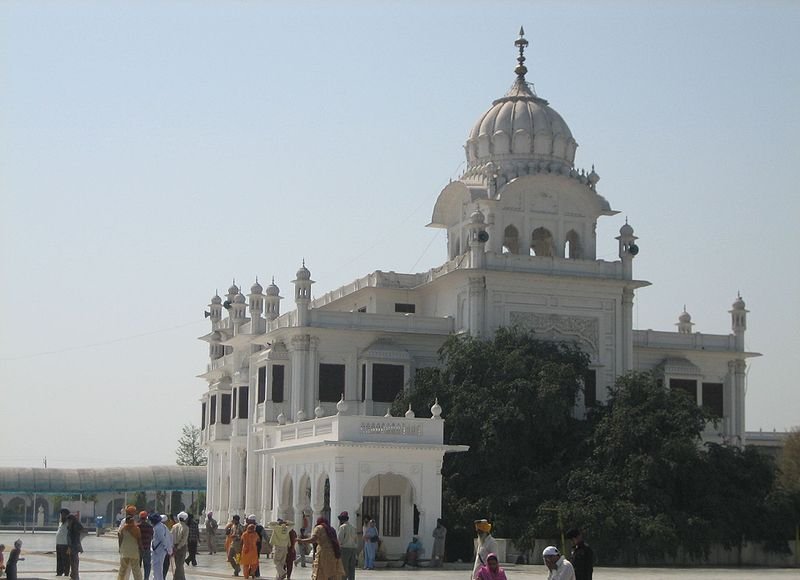It was a pilgrimage of sorts, one that took Damanbir Singh Jaspal, a senior Punjab IAS officer, eminent scholar and academician, more than three years to complete. It was a journey that required both faith and fire.
A chance discovery of a unique facet of Sikh religion — its special affinity to trees — led Jaspal to pick up his camera and travel the length and breadth of the country and Pakistan. He visited each one of the 58 sacred gurudwaras in the two countries, which are named after 19 species of trees. Each historical Sikh shrine that Jaspal visited, told a unique story of its own. The tree in the compound of the gurudwara provided a canopy of faith to each shrine, with Sikhism being the only religion, which has its sacred shrines named after varieties of trees. “These have figured prominently in the spiritual evolution of Sikhism as well as in the socio-economic and cultural life of the community. They are our link to the past and the gurus,” says Jaspal, who pictorially documents his unique effort and study in a coffee table book titled, Tryst With Trees, Punjab’s Sacred Heritage.

Gurudwara Ber Sahib in Sultanpur Lodhi
The 138-page book, which has been written, designed and published by Jaspal begins with Gurudwara Ber Sahib in Sultanpur Lodhi, a place where Guru Nanak is believed to have planted the twig of ber at the site of his meditation.
That twig blossomed into a grand tree and bears fruit even today. Devoting complete pages to pictures of trees, gurudwars and devotees, Jaspal draws absorbing incidents from history to tell the story of each tree and shrine. “I didn’t want the book to be an academic exercise. It had to be glossy and attractive. That’s precisely why the text is limited and pictures tell the major part of the story,” says Jaspal, who has chronicled the environmental aspect encompassed in the Gurbani. The book includes photographs of the shrine, with the trees in the foreground, description of botanical features, with its health status and relationship between the tree and the historical background of the gurudwara.
One of the author’s interesting observations is that all trees associated with the gurudwaras had some use for human beings or animals. “We have not realised the environmental aspect of the Gurbani and the fact that the roots of India’s spiritual heritage lie in its forests,” he says.
Jaspal also takes the reader to Gurudwara Baba Ber Sahib in Sialkot, Pakistan, which now wears a dilapidated look, but the ber tree under which Guru Nanak meditated still survives. “This visit was special and came with its share of difficulties,” recalls Jaspal, who also went to Sahowal in Pakistan and then Lahore to visit more gurudwaras.
Closer home, the author travelled to Uttarakhand, Batala, Indore, Orissa, Leh and Punjab to present a wider picture depicting how many sacred trees are suffering for lack of proper preservation and management practices. “Many have been cut to make way for large marble buildings. At other places, these trees are in danger, for there is inadequate breathing area for the roots, which have been covered by marble or granite,” rues Jaspal, pointing to a scared tree at Gurudwara Kalpvriksh Sahib in Attari, which collapsed in 2008 because of inadequate soil support.
There are some stories of hope too, like in Gurudwara Tahli Sahib at Nawanshahar, where a new building has been constructed without causing any damage to the 450-year-old Tahli tree. The gurudwara made three openings in the ceiling to allow the tree to grow through the roof. “There is a need to sensitise people towards the environment and conservation and this book is an endeavour towards this awareness,” says Jaspal, who is looking forward to Dr Farooq Beg’s documentary based on this book.
The book is available on www.trystwithtrees.com

